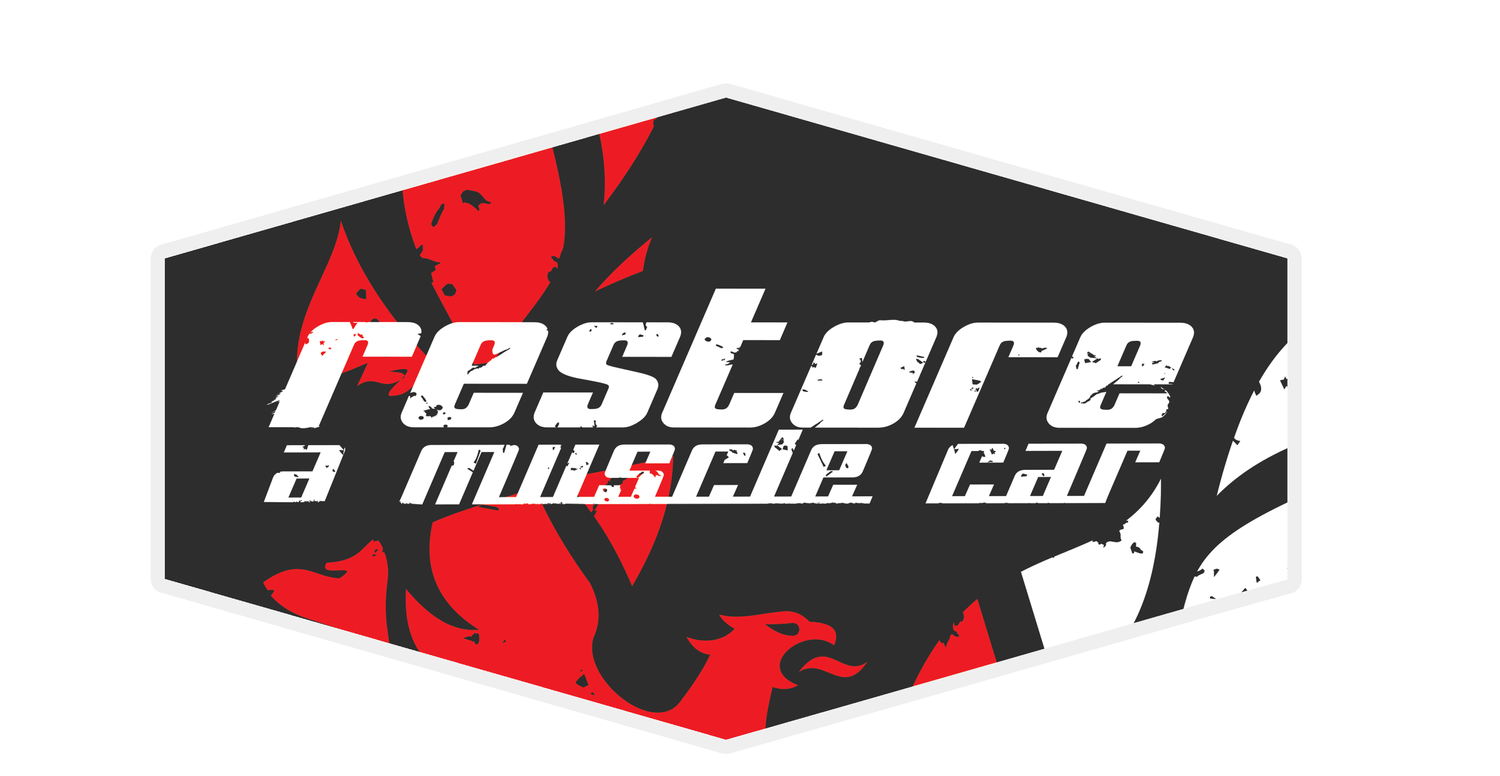Restoration Tips and Tricks: Expert Advice for Your Muscle Car Project
Welcome to Restore a Muscle Car, where we transform classic cars into stunning masterpieces. Restoring a muscle car is a labor of love that requires patience, dedication, and expertise. Whether you’re a seasoned restorer or a first-time enthusiast, our expert tips and tricks will help you navigate common restoration challenges. In this blog post, we’ll cover dealing with rust, sourcing rare parts, and engine rebuilding techniques.
Dealing with Rust: Strategies for Success
Rust is the bane of every car restorer’s existence. Left unchecked, it can compromise the structural integrity and appearance of your vehicle. Here are some tips for tackling rust effectively:
Pros:
High resale value due to originality.
Historical and aesthetic appeal.
Preservation of structural integrity.
Cons:
Time-consuming and expensive.
Requires meticulous attention to detail.
Good fitting and authentic parts are hard to acquire.
1. Comprehensive Inspection:
Start with a thorough inspection to identify all rust-affected areas. Common spots include wheel wells, floor pans, and undercarriage.
Use a flashlight and screwdriver to probe for hidden rust in seams and joints.
2. Proper Tools and Equipment:
Equip yourself with the right tools: wire brushes, sandblasters, rust converters, and cutting tools.
Invest in safety gear, including gloves, goggles, and a mask, to protect yourself from rust particles and chemicals.
3. Rust Removal Techniques:
Mechanical Removal: Use wire brushes, grinders, and sanders to remove surface rust. For more severe cases, cutting out and replacing rusted sections with new metal is necessary.
Chemical Removal: Apply rust converters or removers to dissolve rust and prevent further oxidation. Ensure the area is clean and dry before applying these chemicals.
Preventive Measures: After removing rust, apply a rust-inhibiting primer and paint to protect the metal. Consider using undercoating and rustproofing sprays for additional protection.
Sourcing Rare Parts: Tips for Finding the Unobtainable
Finding rare parts for classic muscle cars can be a daunting task. Here’s how to improve your chances of locating those elusive component=-s:
1. Networking and Community Involvement:
Join classic car clubs and online forums dedicated to your specific make and model. Networking with fellow enthusiasts can lead to valuable connections and part sources.
Attend car shows, swap meets, and auctions to meet vendors and collectors who might have the parts you need.
2. Online Resources:
Utilize online marketplaces like eBay, Craigslist, and specialized classic car parts websites. Set up alerts for specific parts to get notified when they become available.
Check social media groups and pages dedicated to muscle car restoration. These communities often share leads on rare parts.
3. Professional Help:
Partner with restoration shops and businesses that specialize in your car’s make and model. They often have extensive networks and can source parts more efficiently.
Consider reproduction parts as an alternative when original parts are unavailable. Many manufacturers produce high-quality reproductions that maintain the classic look and function.
Engine Rebuilding Techniques: Bringing the Heart of Your Car Back to Life
Rebuilding an engine is a critical aspect of car restoration. Here are some expert tips to ensure a successful engine rebuild:
1. Detailed Planning and Documentation:
Document every step of the disassembly process with photos and notes. This will be invaluable during reassembly.
Label and organize parts systematically to avoid confusion later on.
2. Inspection and Measurement:
Thoroughly inspect all engine components for wear, damage, and corrosion. Measure tolerances and clearances against factory specifications.
Replace worn or damaged parts with high-quality replacements. Pay special attention to critical components like pistons, bearings, and gaskets.
3. Cleanliness and Precision:
Clean all engine parts meticulously to remove dirt, oil, and debris. Even small contaminants can cause significant problems.
Assemble the engine in a clean, organized workspace. Follow manufacturer specifications for torque settings and assembly procedures.
4. Performance Upgrades:
Consider performance upgrades such as high-performance camshafts, headers, and carburetors to enhance your engine’s power and efficiency.
Ensure compatibility with other engine components and maintain balance to prevent excessive wear.
Conclusion

